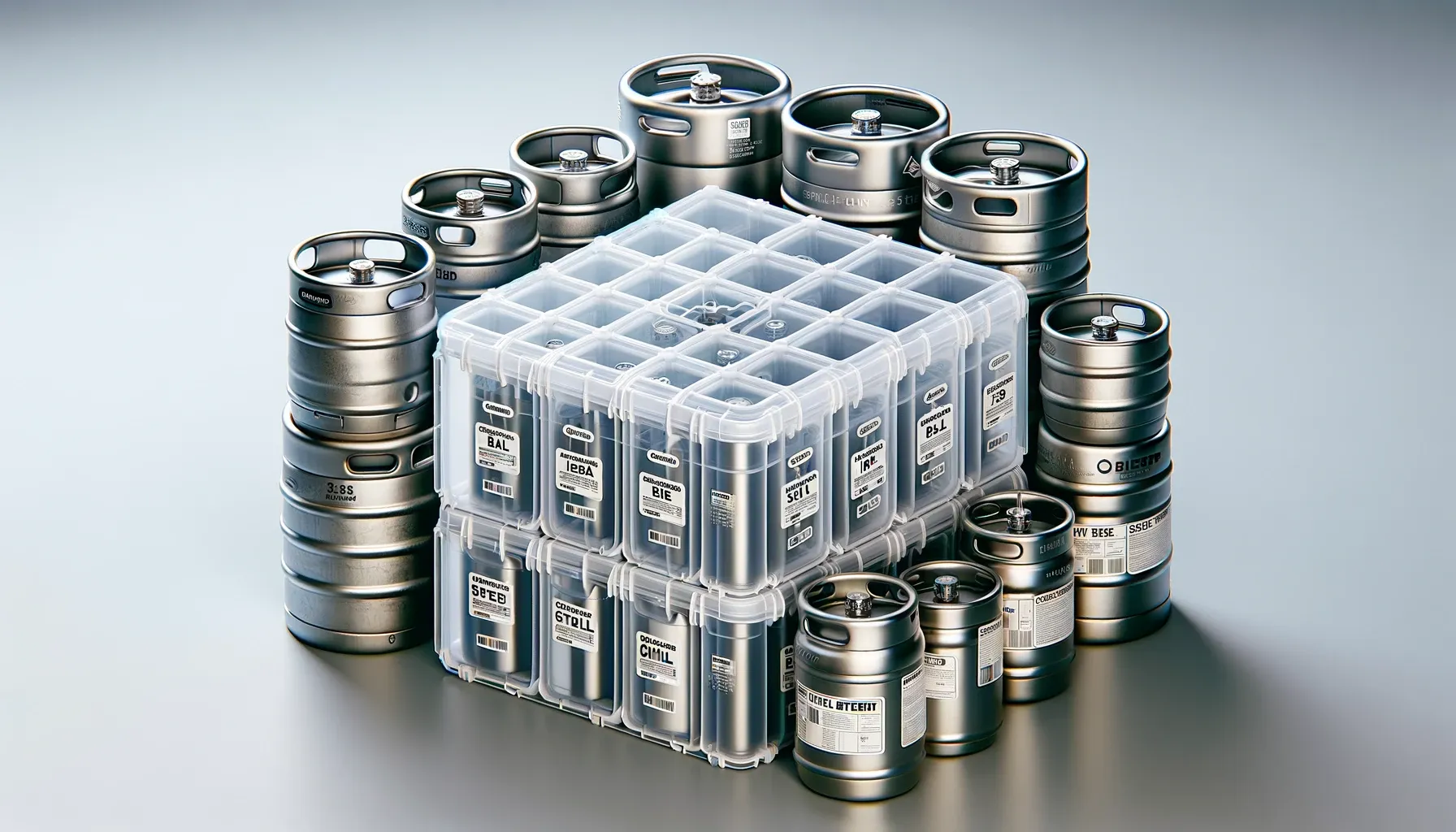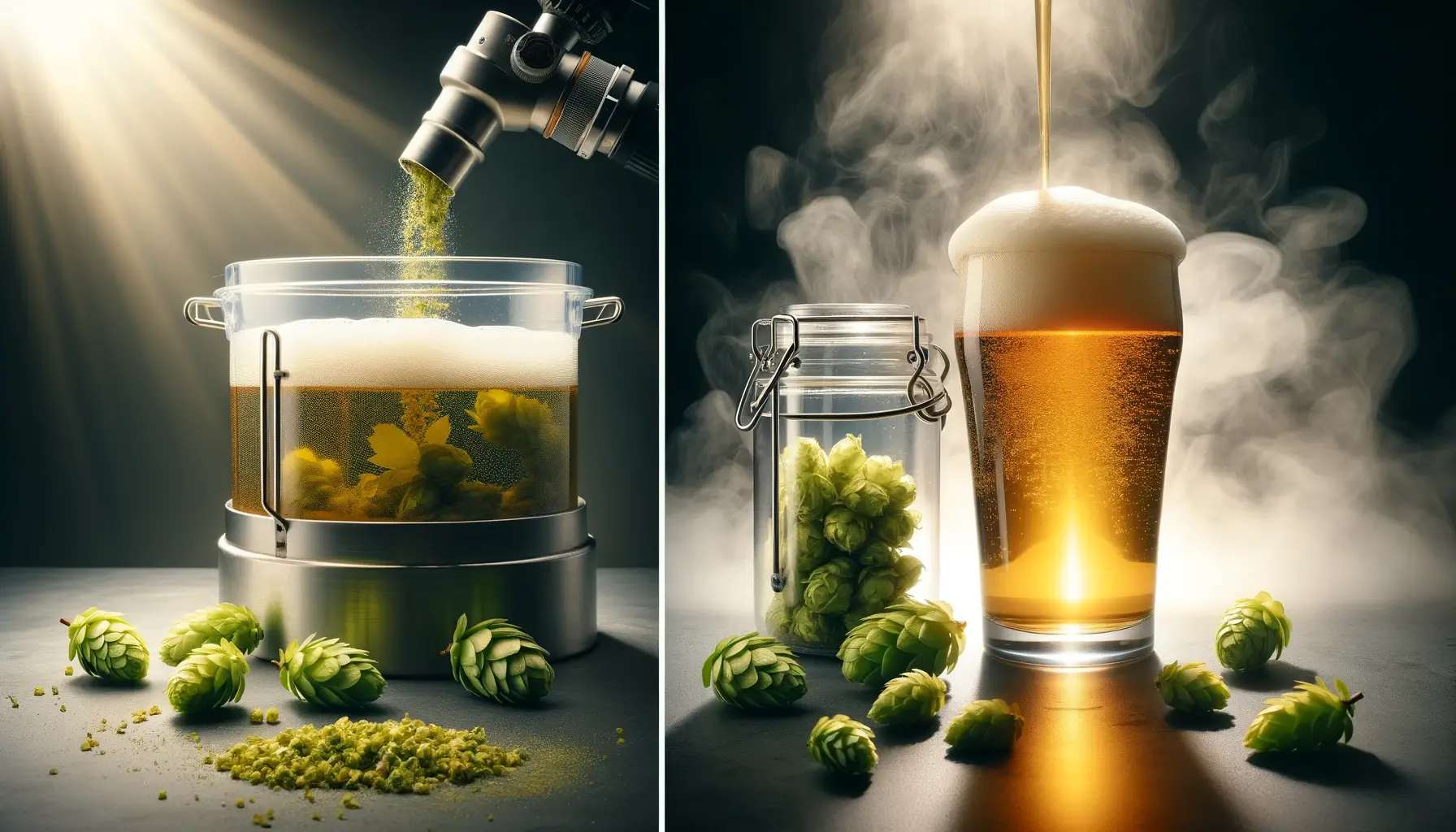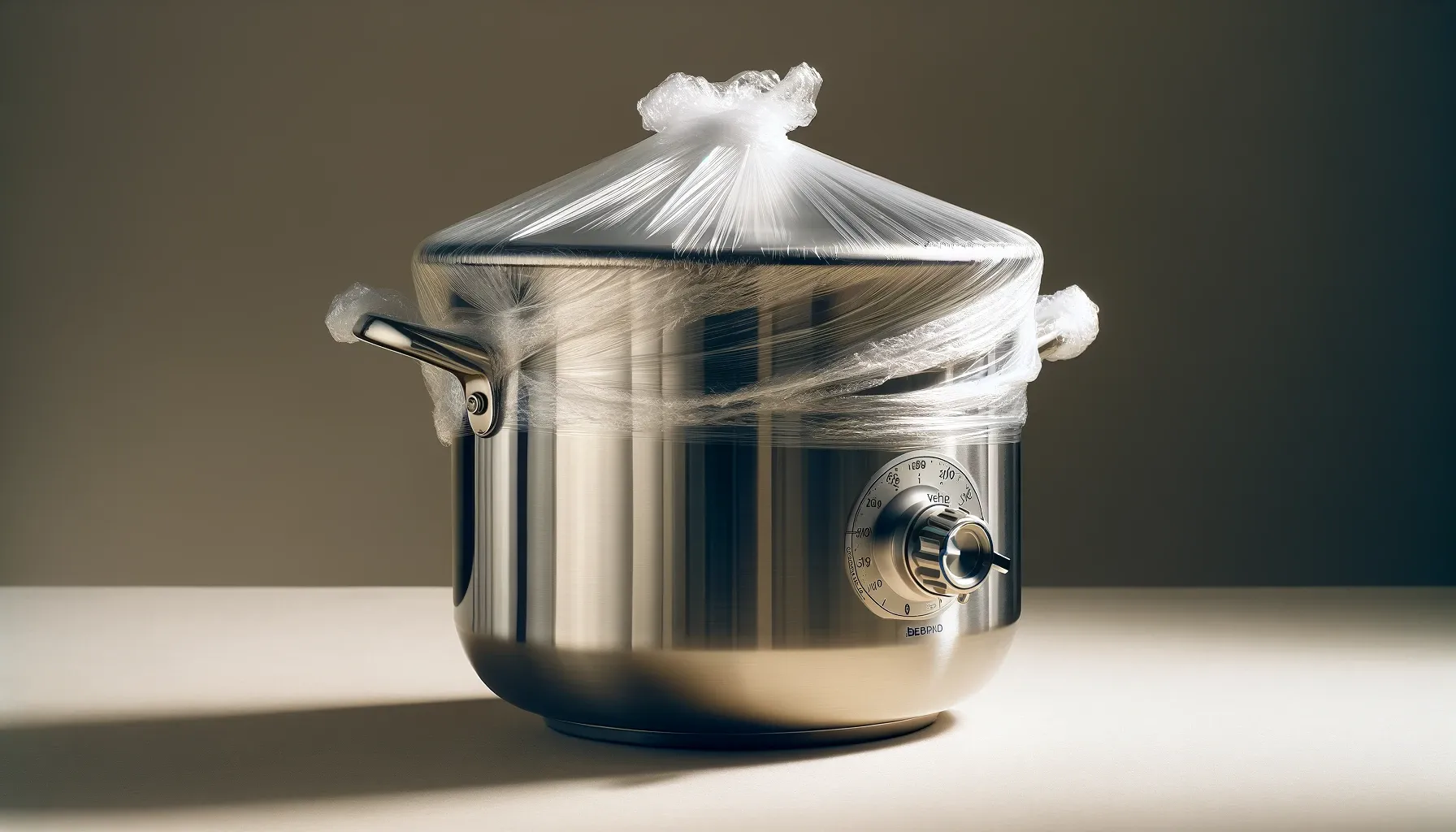Embracing the No-Chill Brewing Method: A Comprehensive Guide
Introduction
Welcome to DrHans Brewery, where we explore the fascinating world of beer and homebrewing. Today, we’re revisiting the No-Chill brewing method, a technique I’ve discussed previously but have since refined in my brewing processes.

Exploring No-Chill Brewing: No-Chill brewing involves cooling the wort without traditional methods like immersion or counterflow chillers. Instead, the wort is transferred to containers like plastic cube containers or stainless steel kegs and left to cool naturally. This method offers several advantages, including water conservation and simplicity, making it increasingly popular worldwide, especially in areas with water restrictions.
The Process: For No-Chill brewing, transferring hot wort (around 100°C or 212°F) into a container is crucial. When using a 10-liter (or approximately 2.6-gallon) plastic cube, it’s advisable to purge the container with CO2 before filling to minimize oxygen exposure. Fill the container from the bottom up to avoid splashing and oxygenating the wort. It’s essential to ensure the hot wort touches every surface of the container for effective sanitation.

This is how AI imagines hot wort transferring into a No-Chill container. AI can do a lot, but not brew beer 😀
Recipe Conversion for No-Chill: Converting a beer recipe for No-Chill brewing requires considering the extended exposure of the wort to heat. Essentially, you should calculate hop additions as if the wort boiled for an additional 20 minutes. This adjustment affects the bitterness and flavor profiles of the beer, making it crucial for achieving the desired outcome.
A Simple No-Chill Recipe: Let me share a straightforward IPA recipe I used with No-Chill. Download the recipe here->

Advantages and Considerations:
One significant benefit of No-Chill is the ability to clean your kettle on brew day. However, if you prefer a fast brew day and don’t mind leaving cleaning for later, simply covering the kettle with plastic wrap can be an effective alternative. This method reduces concerns about surface oxidation compared to splashing during transfer.

Fermenting in Different Vessels: In my experiments, I’ve used various containers for No-Chill, including mini kegs and Kegmenters. Stainless steel vessels are particularly effective, allowing for pressure fermentation and easy handling. When using Cornelius kegs, it’s advisable to apply additional CO2 pressure to compensate for the loss as the wort cools.
Closing Thoughts: No-Chill brewing is not just a water-saving technique; it’s a creative approach that can enhance certain beer styles while offering practical advantages. As we continue to see global water restrictions, this method might become a necessity for many brewers.
Thank you for joining me on this brewing adventure. Don’t forget to check out the linked video for more in-depth insights into No-Chill brewing. Happy brewing, and cheers from DrHans!



Recent Comments